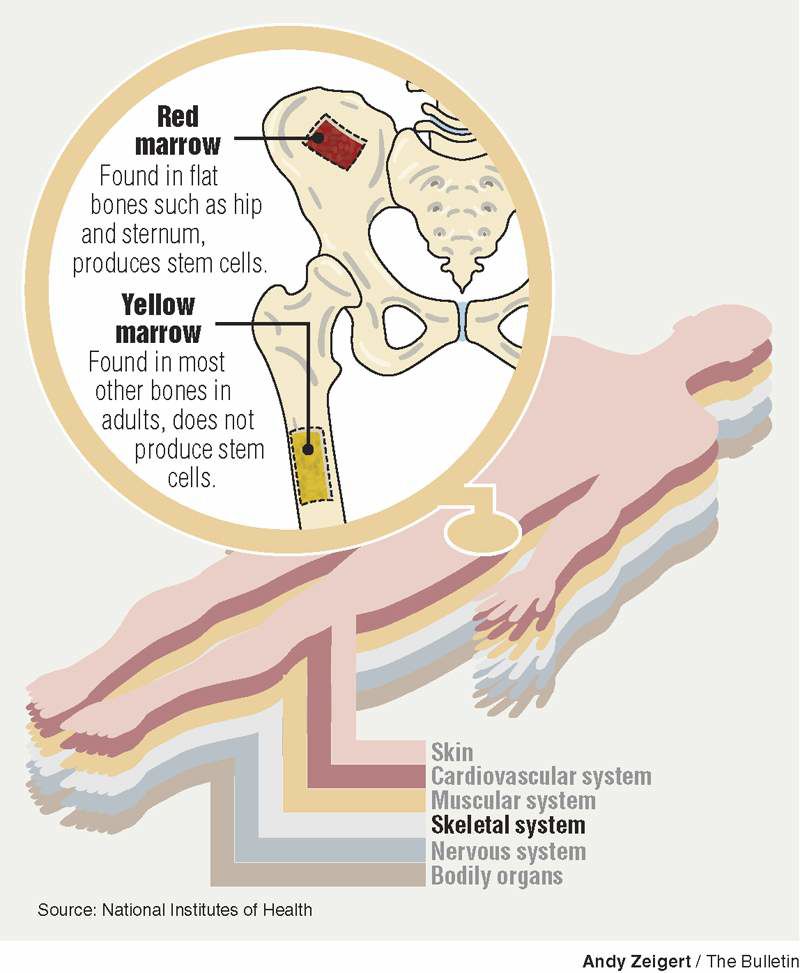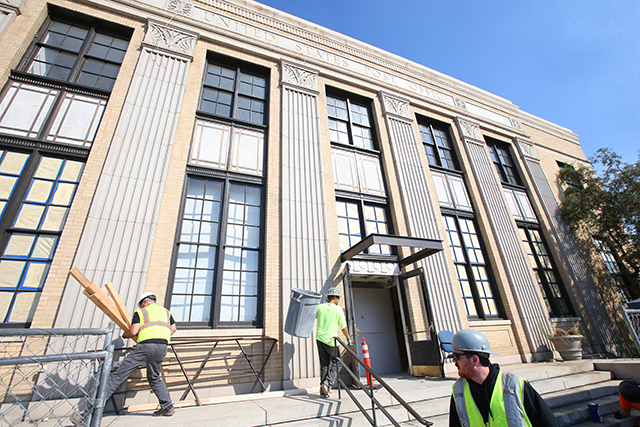Bone marrow
Published 5:00 am Thursday, June 11, 2009

- Bone marrow
Location: Bone marrow is the flexible, spongy tissue found inside the hollow interior of bones. Yellow marrow consists mainly of fat cells while red marrow contains immature blood cells, known as stem cells. At birth, all marrow is red. But as we age, more of the red marrow is converted into yellow marrow. In adults, it’s about an even split. Red marrow is found primarily in flat bones, such as the hip bone or breast bone, while yellow marrow is found more in long bones, such as the femur.
Function: The marrow is the source of blood cells your body needs to survive. The stem cells in red marrow can mature into platelets needed for clotting, red blood cells that carry oxygen, and white blood cells that fight infection. The body needs a constant resupply of these blood cells. Only mature cells have the proteins needed to pass from marrow into the bloodstream.
Trending
Potential problems: Most people hear about bone marrow as a solution. Transplanted healthy bone marrow can overcome a number of fatal conditions. But bone marrow can be a source of illness on its own. Leukemia is a cancer of the white blood cells. It begins with one abnormal cell that continuously replicates itself. Myeloproliferative disorders are a group of diseases in which the marrow overproduces one form of blood cell, crowding out the other types. In myelodysplastic syndrome, cell production is abnormal, often resulting in a shortage of blood cells. Aplastic anemia results when not enough red blood cells are being produced. Many marrow disorders are treated with bone marrow transplants.
— Markian Hawryluk, The Bulletin








